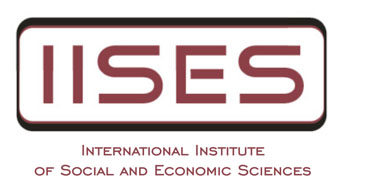TRANSNATIONAL AND TRANSORGANIZATION SYSTEMS: EVOLUTION AND IMPLICATIONS FOR STRATEGIC MANAGEMENT
KURT MOTAMEDI
Abstract:
The world is becoming increasingly interconnected and interdependent. Disruptions and changes penetrate across national and organizational clusters and impact organizational outcomes. The purpose of this paper is to aid organizations, strategists and practitioners to consider adopting transnational and transorganization systems thinking in their decision processes. In the transnational arena, organizations transact, collaborate, and compete with multiple organizations across national and regional boundaries. They pursue their goals while responding to the needs and characteristics of one another through the formulation and implementation of transorganization strategies. Transnational settings are composed of dynamic transorganization systems and clusters of interacting organizations reaching beyond national boundaries and regions. They can respond to the changing conditions and needs -- both internally and externally. This paper presents the strategic variables characterizing transorganization systems, the emerging transnational and global trends affecting such systems, and their implications for organizational strategists.
Keywords:
Transorganization, Transnational, Strategy, Globalization, Collaboration, Change
DOI: 10.20472/BM.2022.10.2.003
PDF:
Download
APA citation:
KURT MOTAMEDI (2022). Transnational and Transorganization Systems: Evolution and Implications for Strategic Management. International Journal of Business and Management, Vol. X(2), pp. 30-54. , DOI: 10.20472/BM.2022.10.2.003
Copyright © 2022, Kurt Motamedi et al, Kurt.Motamedi@Pepperdine.edu

